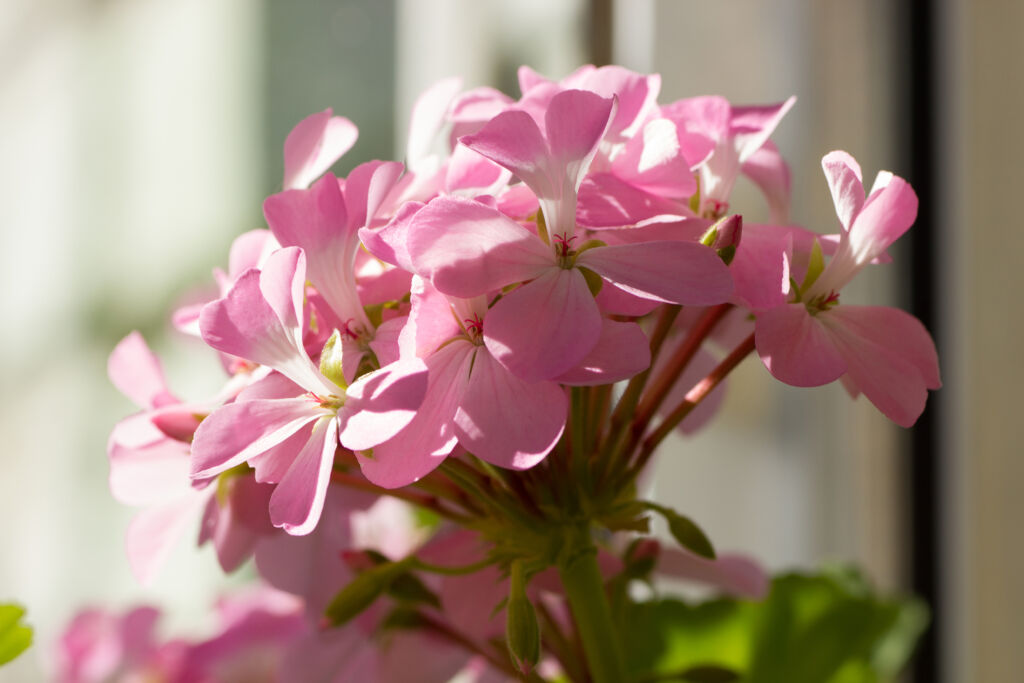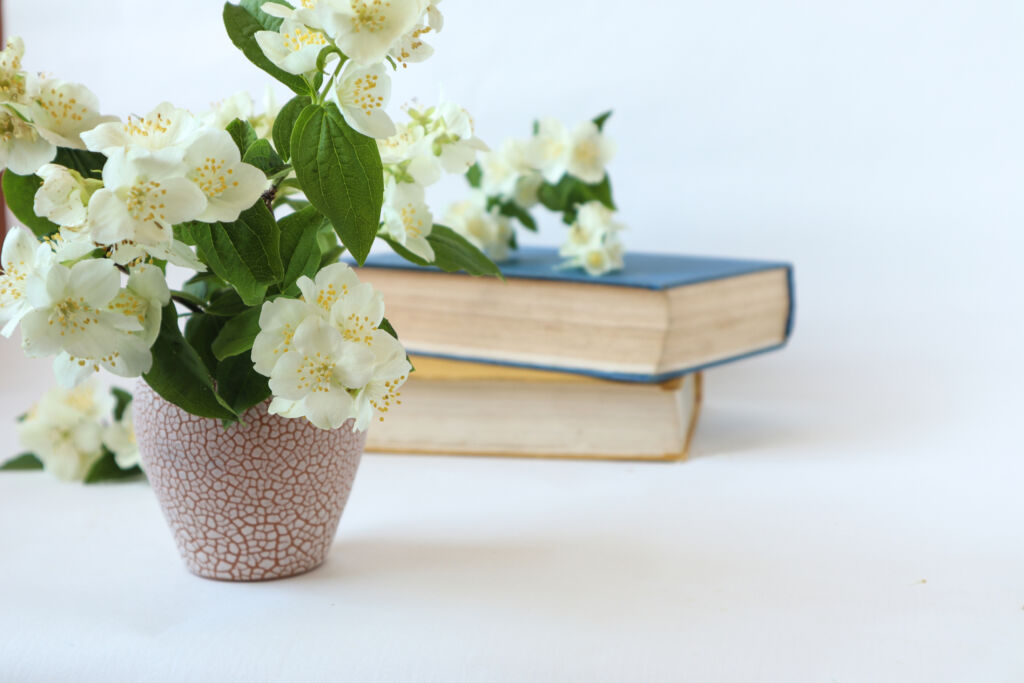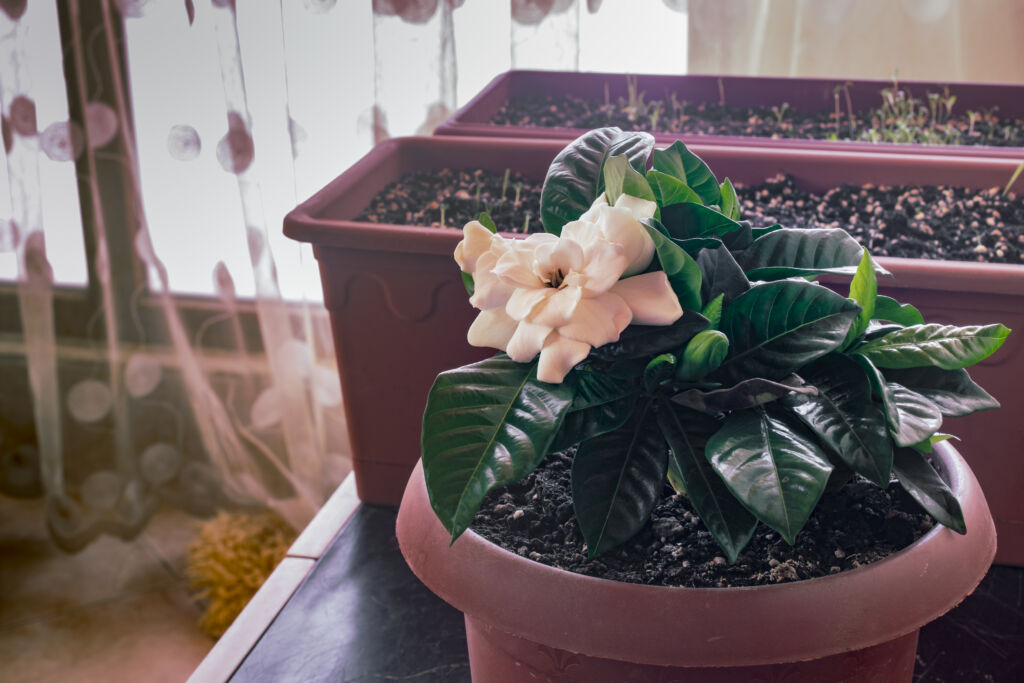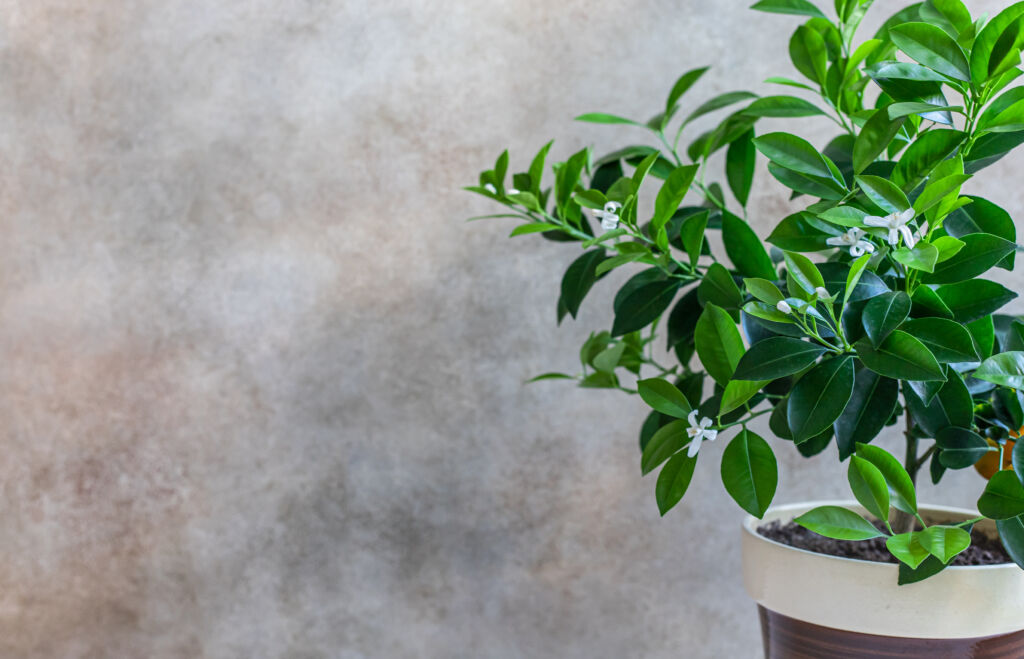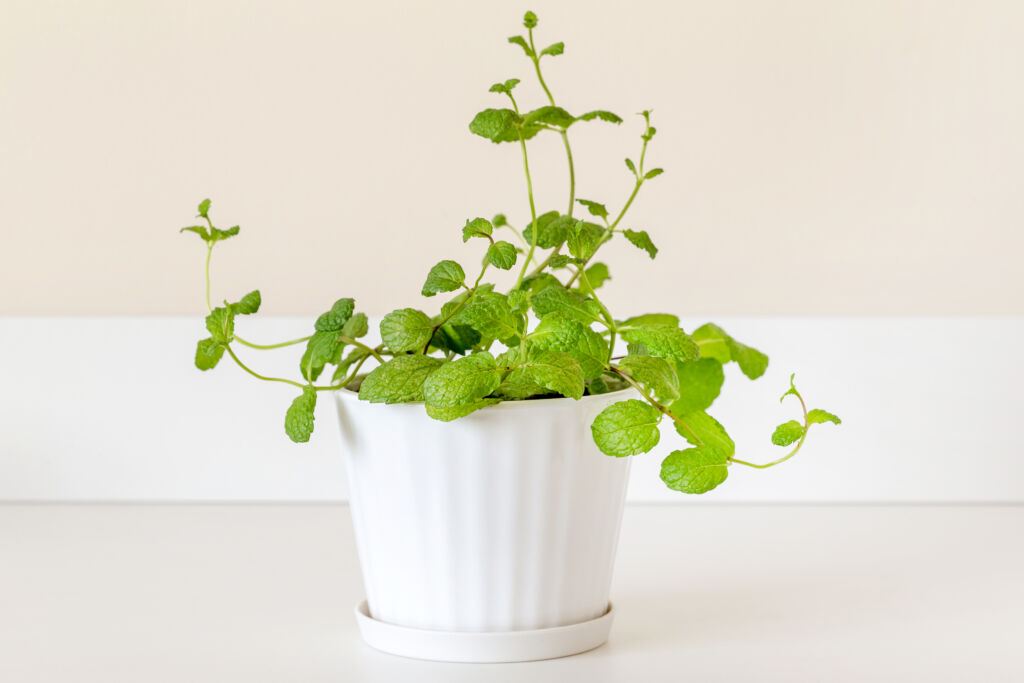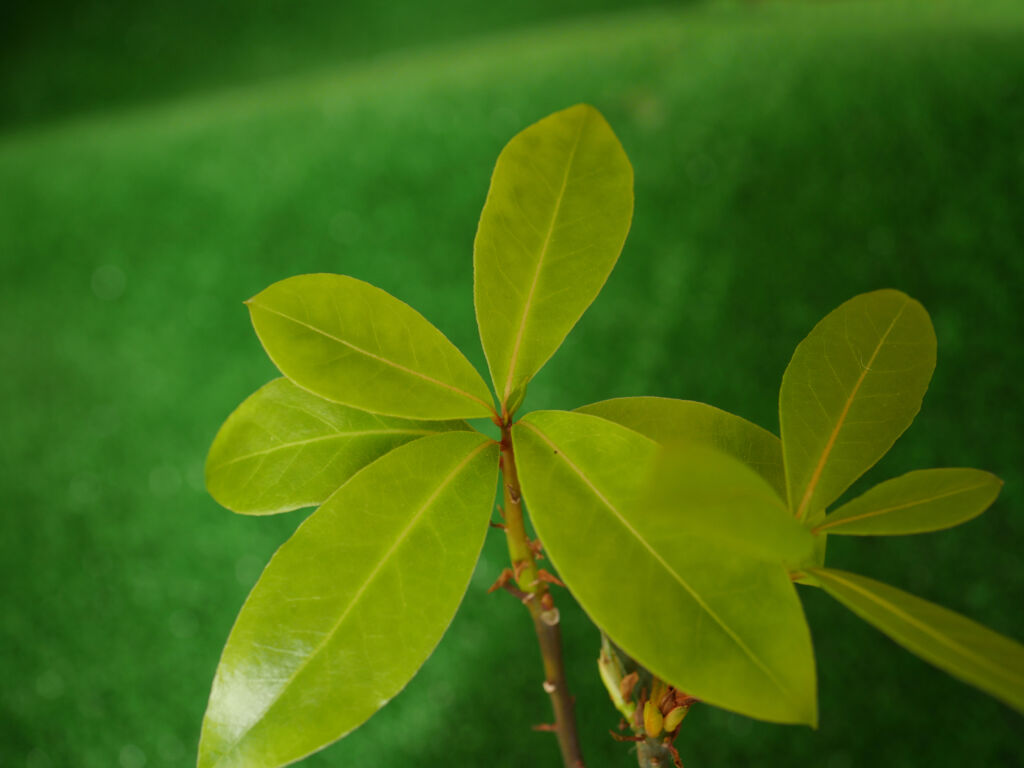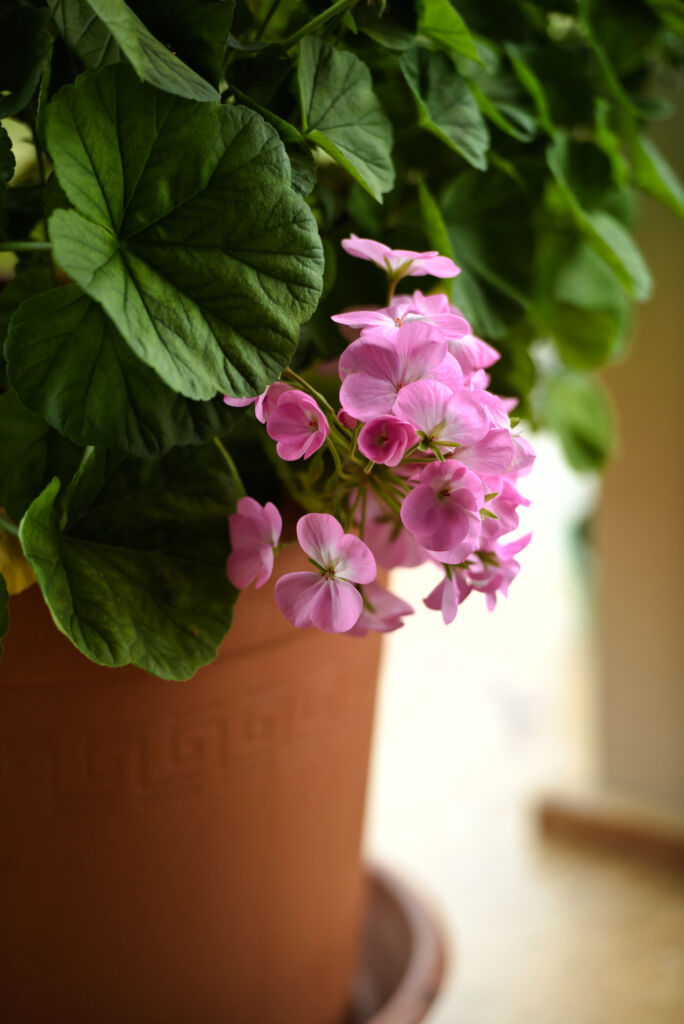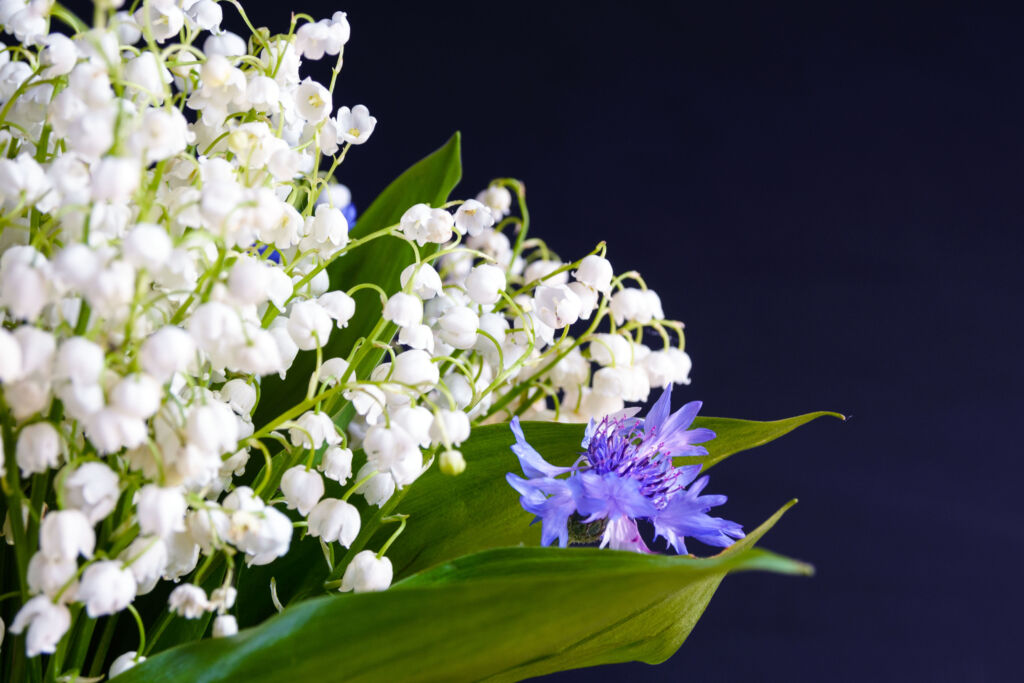HousePlantJoy is supported by our audience. When you purchase through one of our links, we may earn a small affiliate commission. As an Amazon Associate I earn from qualifying purchases. Your cost is not affected.
==================
Incorporate these aromatic houseplants into your indoor environment for benefits. They can add both visual appeal and pleasant fragrances!
Many houseplant species are famous for their show-stopping foliage and stunning leaves. People grow these plants to add greenery indoors. People are plant-obsessed for aesthetic reasons, but also because they help clean the air we breathe. But, the fact is, there’s nothing quite like having fragrant houseplants to make indoors, your home, smell amazing.
Fragrant houseplants
Some popular houseplants have flowers. But the flowers are often small and don’t smell good. In winter, when gardens die and people close windows, most indoor spaces smell stale and stuffy. Yet, it doesn’t mean you must use commercial air fresheners to make your home smell pleasant. All you need is the right scented houseplants.
So, here are our favorite fragrant indoor plants that can fill any indoor space with pleasant scents!
Top Fragrant Houseplants to Appreciate
1. Jasmine (Jasminum Polyanthum)
Can’t afford to go to an island paradise? Don’t worry! Jasmine plants let you bring tropical vibes indoors while also allowing you to enjoy the sultry aroma. Though there are hundreds of jasmine varieties, not all them have a fragrance. Plenty of Jasmine varieties can thrive as indoor plants, but the most popular type is Jasmine, also referred to as Chinese Jasmine.
Beautiful White Jasmine
The white Jasmine cultivar is also a popular winter-blooming scented houseplant. It is also a vigorous climber and produces hundreds of star-shaped white flowers. Jasmine can fill your indoor space with a pleasing, spicy, and aesthetic scent with only a few opened tiny flowers.
Jasmine is cheap, easy to grow, and easy to care for. It is also one of the scented houseplants that bloom the next year again.
How to Care for These Fragrant Houseplants?
- All Jasmine varieties thrive in bright light with some direct sun, whether outdoors or indoors. A south-facing window is perfect for your plant.
- Jasmine plants need plenty of water, especially during their active growing season. While you should always keep the soil moist, it is imperative during their bloom season.
- Occasional leaf misting is beneficial but unnecessary unless your plant is in an arid environment.
- Jasmine isn’t too picky but does like a bit of fertilizer from late spring to late fall.
- An overgrowing Jasmine plant doesn’t look so pleasing. Constant repotting of your plant is beneficial for healthy growth.
2. Lavender (Lavandula Angustifolia)
Lavender is one of the popular fragrant indoor plants that you can grow indoors. A member of the mint family, Lavender is native to places bordering the Mediterranean. As herbs, these plants are grown for their fragrant leaves and beautiful flowers. Still, Lavender flowers are therapeutic and fragrant.
Stunning Potted Lavender Plant
These little evergreen perennials have green-gray hoary linear leaves. Also, they come with purple blooms with nutlet fruits. Lavender is in a class by itself, even though all herbs have unique smells that add to their medicinal and culinary uses. The scent in the foliage is as strong as in the blooms.
Also, lavender has a strong, pleasant smell that makes you feel elsewhere. If you smell it, you might think of the fields of light purple flowers in Provence, France. After all, the place has a unique floral and woodsy scent.
Lavender is also a fragrant houseplant; people associate its smell with calmness. This makes it an excellent choice for your bedroom.
How to Care for?
- Whether indoors or outdoors, Lavender prefers as much light as possible. Ideally, it is best to place your plant near a south-facing window for maximum sunlight.
- Since Lavender is native to Mediterranean regions, it prefers to stay drier. So, ensure to let the potting soil dry out between watering.
- Lavender plants don’t mind watering, and they don’t need much fertilizer, either. Yet, a balanced, water-soluble fertilizer is beneficial during the growing season.
- You can prune it once your plant’s first blooming season is over. Similarly, pruning in the fall is also beneficial.
3. Gardenia (Gardenia Jasminoides)
One of the most seductive fragrant houseplants, Gardenia is among the most beautiful plants with a bit too strong a scent. Besides their show-stopping creamy white blooms, these plants also feature lush green foliage.
Gardenia Plant Indoors
Native to the tropics, Gardenia is a tender evergreen shrub. People used Gardenias as food and medicine for centuries. Tropical East Asian places like South China and Taiwan appreciated it. For instance, folks used the yellow fruits of Gardenia to make a dye. This aspect of it is useful since it’s an integral part of coloring clothes and food.
Yet, despite their striking appearance and attractive creamy flowers, growing Gardenias isn’t easy. We can say that it is a bit more challenging than growing other scented houseplants. Yet, although the plant is picky and demands a lot of attention, Gardenias could be an excellent addition to any indoor space. After all, it will grow in the right conditions.
Caring for These Fragrant Houseplant?
- Gardenia thrives in places with full sun and bright light. Yet, during the warmer months, your plant will appreciate some shade.
- A well-drained, moist soil is ideal for gardenias. Your plant needs 1-inch watering each week. So, ensure to keep the soil damp but not soggy.
- Also, gardenias also thrive in acidic soils with a pH between 5 – 6. But, avoid planting your Gardenia in a place with too high a pH.
-
Since gardenias are selective, they need fertilizer more often than other fragrant plants. Ideally, you should fertilize your plant every three weeks during its growing season.
4. Orchids (Orchidaceae)
Some orchid varieties exude much more than just seductive beauty and stunning blooms. While not all orchid species provide a pleasant scent, some fall into the scented houseplants category. For instance, people considered “Sharry Baby” to smell like chocolate. Similarly, orchid varieties infuse a delicate scent, such as Hawaiian Sunset, Twinkle, and others.
Beautiful White Orhid Plant
Some popular scented houseplants orchid varieties that you can have include:
- Cymbidium Golden Elf (with light citrus, almost lemony aroma).
- Encyclia Cordigera (with chocolate, vanilla, and honey aroma).
- Maxillaria tenuifolia (with coconut aroma).
- Phragmepedium Schlimiicherry (with strawberry and raspberry aroma).
- Rhynchostylis gigantea (with spicy citrus aroma).
Some fragrant indoor plants bloom in the spring, while others show off their beautiful blooms in the fall.
Things Needed to Manage These Fragrant Houseplants
- Regardless of what orchid variety you plan to grow, buy it when it’s in bloom.
- Most scented orchids grow best in humid environments.
- A well-draining pot with pours at the bottom is essential. This will help keep extra moisture in the root zone.
- No matter what orchid variety you grow indoors, they all love getting some partial shade. So, a south or east-facing window is ideal.
- Fertilizing your orchids during their bloom season is beneficial for denser blooms.
5. Calamondin Orange Tree (Citrofortunella Microcarpa)
The Calamondin, as a fragrant houseplant, is an excellent addition to your indoors. These beautiful plants infuse a citrusy punch with a subtle aroma. Other than growing indoors, you can also move your plant outdoors during warmer temperatures.
Calamondin Orange Tree
The dwarf calamondin variety can produce year-round flowers and grow well in containers. The Philippine Lime, or Calamondin Orange, produces sweet, tart fruit for preserves, pastries, and liqueurs.
Video credit: @NaturalWaysandNaturalCures
Also, citrus trees are most valued at Chinese New Year. People give them as gifts and associate them with good luck for the recipients. The more fruit a Calamondin tree produces, the more good fortune it brings. At least that’s what some people believe.
The little Calamondin can grow in cold climates, unlike most citrus trees, which only give fruit briefly. The plant grows lovely white blossoms with a citrus scent and little fruits.
Handling These Fragrant Houseplants
- When you first plant your Calamondin tree, it needs enough water. During the warmer months, frequent watering. Yet, hydrate your plant in colder temperatures when the soil’s top feels dry.
- Ideally, you should place your plant in moderate temperatures (60-75° F) (18-24° C) year-round.
- An organic fruit fertilizer is beneficial for healthier growth. It will provide all the essential nutrients your plant needs for robust roots.
6. Tea Rose Begonia (Nitida Odorata)
Do you want your indoor space to smell like a garden? Plant a begonia tree indoors. Tender perennials, these scented indoor plants have gorgeous blooms and foliage. Gardeners can cultivate Tea Rose Begonia indoors.
Tea Rose Begonia
These plants bloom pink blooms year-round and emit a light scent indoors. Also, a begonia plant is also quite hardy, making it a perfect option for even novice indoor gardeners. While it can grow in partial shade, your plant will appreciate a humid spot.
What Does It Need to Thrive?
-
Watering your begonia moderately during its growing season is essential. During its initial stages, experts recommend regular watering. Ideally, you would actually need to water your plant once a week.
- Quick-release, water-soluble fertilizer every two weeks during the growing season is beneficial. Let your plant rest during winter and avoid fertilizing from October to January.
- Place your begonia in a bright spot to get adequate light. Remember that enough light is essential for producing sturdy stems and denser flowering.
7. Spearmint (Mentha Spicata)
Spearmint is another excellent fragrant houseplant that you can grow indoors. This fresh-smelling perennial is low-maintenance and can grow fast. You can grow more mint plants from cuttings. There are plenty of mint varieties that you can grow, including peppermint, apple mint, etc.
spearmint Plant
Another incentive to grow spearmint indoors is that you can pinch a leaf, rub it, and smell the aroma on a dull day. It is worth noting that the scent of mint has invigorating and energy-boosting characteristics. So, tossing a few leaves into your bath water will let you enjoy an aromatic, muscle-soothing soak.
What These Fragrant Houseplants Need
- Unlike many other fragrant houseplants on this list, spearmint is far from demanding. You can overwater or underwater it, and your spearmint can tolerate both. Still, watering your plant when the soil feels dry to the touch is what experienced gardeners recommended.
- Ideally, you should place your spearmint plant in a bright indoor spot. While it can tolerate some shade outdoors, it needs adequate light indoors for healthy growth.
- From the middle of spring to the end of summer, you should give your spearmint plant a liquid organic fertilizer every three weeks. But, if you plan to harvest your plant throughout winter, fertilize it from fall through early spring once a week.
8. Sweet Bay (Laurus Nobilis)
The slow-growing shrub Sweet Bay is a medium-sized tree. Folks prize it for having shiny green leaves that produce a savory, herbal scent. Other than infusing your indoors with such aroma, you can also use Sweet Bay leaves for culinary purposes, such as in stews, soups, and other dishes.
Sweet Bay
The evergreen shrub’s golden to chartreuse-green foliage attracts butterflies indoors. If you are fortunate enough, you can grow Sweet Bay outdoors as it is suitable for 8-10 hardiness zones. But, those living in colder zones can still grow this plant indoors in containers year-round. So, if your primary purpose of growing Sweet Bay is to use its mesmerizing, aromatic foliage in your favorite recipes, this plant is for you.
How to Care for?
- As an indoor plant, your Sweet Bay needs water only when the soil is dry to the touch. Avoid overwatering, as it can trigger stress and disease issues that may eventually kill your plant.
- Since vegetative growth is what you yield from your plant, ensure that your Sweet Bay gets adequate nitrogen. If it needs more, fertilize your plant with a water-soluble fertilizer.
- Sweet Bay, as a slow-growing plant, needs minimal maintenance. The plant is hardy and can tolerate pruning cuts. When pruning, remove dead and damaged limbs.
9. Scented Geranium (Pelargonium Graveolens)
Scented geraniums are more popular due to their highly fragrance leaves. You will find ways to touch your scented geranium plant more frequently, as its leaves only produce fragrance when bruised or crushed. Its delicious fuzzy scalloped leaves add taste to bread, desserts, and pastries as well as fragrance to your home.
Scented Geranium
Scented geraniums are also a great way to get your daily aromatherapy, especially if you constantly feel stressed. The flowers on these plants are simple, small, and not very noticeable, but the green parts are very lush and pretty. So it makes sense that people thought them to be wonderful-smelling houseplants.
How Do Gardeners Care for Them?
-
Scented geraniums grow well indoors and outdoors under the same conditions.
- Bright, sunny locations are perfect for your scented houseplants, especially in colder months. Yet, they also appreciate some shade in warmer months.
- A general-purpose, water-soluble fertilizer twice a month will keep your scented geraniums thriving.
- Let the soil dry out 1 inch before watering your plant. Also, water your plant thoroughly until the excess start running out from the bottom.
10. Lily of the Valley (Convallaria Majalis)
As the popular saying goes, your home is your castle; you can make it look more appealing by adding lilies of the valley plants indoors. It is interesting to know that the lily of the valley is among Kate Middleton’s most favorite fragrant houseplants. That’s why she carried it in her bridal banquet during her wedding.
Lily of the Valley
Touching and elegant, lilies of the valley infuse a maddeningly distinctive aroma indoors. These plants are also ideal for gardeners looking for houseplants that grow independently. Although this fragrant indoor plant only comes in white. Still, its dangling bell-shaped blossoms resemble a line of show-stopping peals.
Furthermore, while there are plenty of varieties, only the Convallaria Majalis can be grown indoors. So, when purchasing lily of the valley, pick only those plants already adapted to growing in a limited soil volume.
Techniques in Caring for These Fragrant Houseplants
- Although the lily of the valley is amenable to average room temperatures, the lower the temperatures are, the longer its blooms will last. Ideally, you should place your plant in temperatures between 16-21 degrees.
- Your fragrant indoor plant needs partial sun to full shade. While direct morning sun is beneficial, you should protect it from scorching afternoon sunlight.
- Organically rich soil with proper drainage is essential. But, the lily of the valley can grow in various soil types.
- Ensure to keep your plant evenly moist but not soggy. Water your lily of the valley only when the soil feels dry to the touch.
- It is not among fragrant houseplants that need fertilization. Yet, if the soil is poor and lacks nutrients, use a slow-release granular fertilizer during spring.
Enjoy Having Fragrant Houseplants at Home
There you have it – the ten best fragrant houseplants you can grow indoors. Also, these scented houseplants enhance our lives by adding visual appeal and making our homes look more aesthetic. For instance, they infuse unique aromas indoors, making our homes more inviting. Similarly, their herb characteristics mean you can use them for culinary and medicinal purposes. Most fragrant indoor plants are easy to grow and need little maintenance. So, pick your favorite one and enjoy its aesthetic look and distinctive aroma.
If you enjoyed reading our post, please leave your comments. Our blog also has other information about flowers and plants that you might find interesting. Thanks for reading, and we hope to hear about your experiences with fragrant houseplants soon.
Fragrant Houseplants Related Readings:
FAQs
What types of fragrant houseplants are most common?
How often should I water my fragrant houseplant?
Are fragrant houseplants safe for people with allergies?


